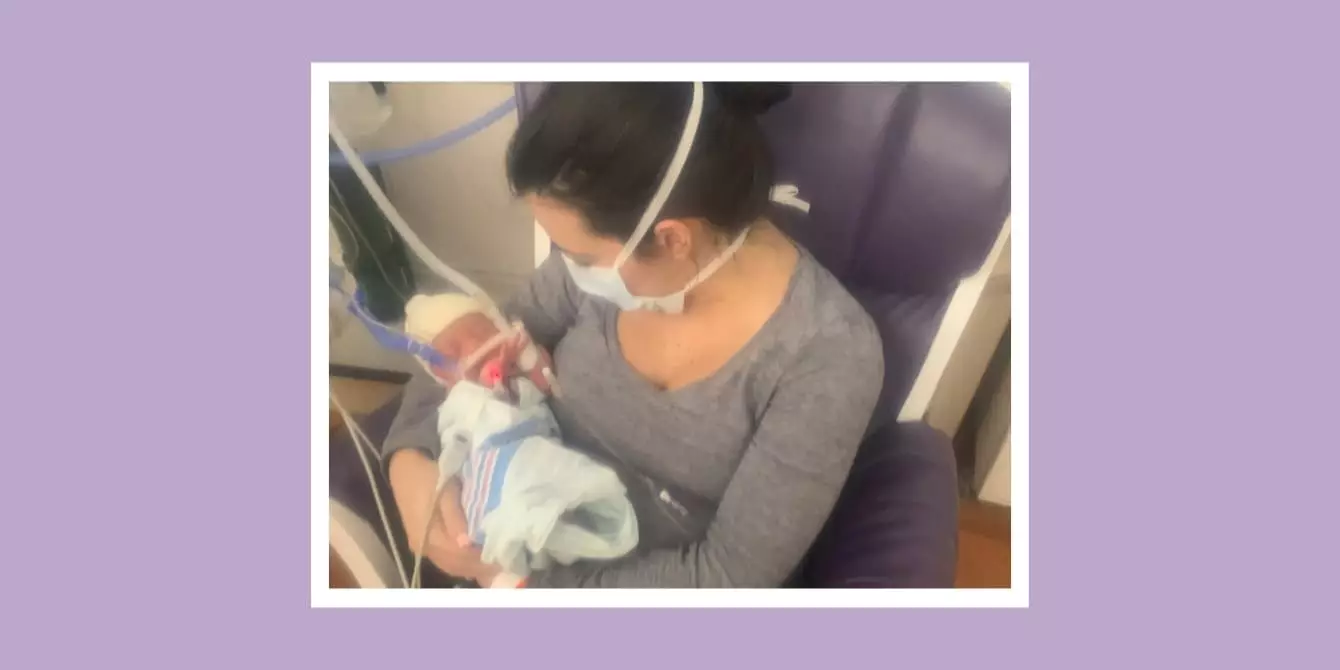The journey into parenthood often comes hand in hand with unexpected challenges, but for many families, the initial moments can be overwhelmed by the harsh realities of preterm birth. As parents, we often envision a smooth pregnancy and a healthy delivery, but the emotional upheaval that accompanies welcoming a premature baby can be unbearable. When my oldest daughter arrived earlier than anticipated, my life was transformed into a whirlwind of beeping machines, sterile environments, and the ever-present concern for her survival. This wasn’t just a personal struggle; it opened my eyes to a widespread issue in our healthcare system, where far too many families are forced to navigate the complexities of neonatal intensive care with insufficient support.
Every parent anticipates the special moment of bringing their child home, an event filled with joy and celebration; however, for me, that moment became a haunting memory. Driving home with an empty car seat felt like an unbearable contradiction to the joy that motherhood is supposed to bring. The emotional toll of this experience not only took away the joy I should have felt but also introduced me to a shadow of despair that lingers even today. This sentiment is all too familiar for many parents across the United States, highlighting how the crisis of preterm births has grown into a national concern.
Statistics That Speak Volumes
As I delved deeper into the issue, I discovered staggering statistics that underline the crisis we face. In 2023, over 370,000 infants were born prematurely in the U.S., reflecting an alarming preterm birth rate of 10.4%. The March of Dimes continues to rate our country poorly, issuing a D+ grade for the third consecutive year—a troubling indicator of systemic failures. The precarious nature of this issue is felt especially by marginalized communities; for instance, Black birthing individuals face a preterm birth rate of 14.7%, highlighting glaring disparities in maternal healthcare across different demographics. Additionally, American Indian and Alaska Native communities experience similarly high rates of preterm births, emphasizing that these are not isolated incidents but rather symptoms of significant systemic inequities.
Geographical disparities compound these issues, with states such as Mississippi, Alabama, and Louisiana facing preterm birth rates exceeding 13%, while regions with better access to maternal health services, like Vermont, enjoy rates as low as 7.7%. This disparity accentuates the shocking realization that a family’s location can significantly influence the health outcomes of their newborn. The inequality that manifests in maternal healthcare highlights just how critical systemic change is for those in need.
The emotional weight only escalates when considering the “gray zone” between 22 and 24 weeks of gestation, a pivotal period where decisions surrounding the care of premature infants can ultimately determine their survival. Unfortunately, the policies surrounding neonatal care are inconsistent, leading to life-or-death scenarios dependent upon which hospital delivers the premature baby. Some facilities offer advanced neonatal interventions that significantly enhance survival chances, while others lack the same level of care, leaving parents to fight for their child’s life often amid confusion and desperation. I learned—through both personal experience and the stories of countless others—that navigating such a harrowing journey is only made more difficult by a fragmented healthcare system that puts families in peril.
The prevalence of preterm births results from a combination of chronic health conditions, environmental risks, and inadequate prenatal care, each disproportionately affecting marginalized populations. Issues such as hypertension and diabetes, which can increase the risk of premature delivery, plague communities that often have limited access to quality healthcare. Beyond health issues, environmental factors play a pivotal role as well. A significant percentage of birthing individuals encounter poor air quality and extreme heat during their pregnancies, both of which have been linked to higher preterm birth rates.
Yet, despite these challenging circumstances, it is the lack of adequate prenatal care—the highest rate in the past decade at 15.7%—that stands out as a concerning trend. Disparities in access to early and comprehensive prenatal services compound the struggles for families facing the incomplete safety net that current healthcare policies provide.
Rather than resign ourselves to despair, the time has come to advocate for transformative changes that enhance maternal health across the board. There are concrete steps that can be taken: standardizing NICU policies across hospitals, ensuring equitable access to prenatal care, and addressing environmental hazards that disproportionately affect vulnerable communities should be prioritized.
Globally, nations like Japan and Sweden have successfully adopted high intervention rates for babies born at just 22 weeks, achieving survival rates of 58% and 63%, respectively. The U.S., equipped with the resources and knowledge, must aim to bring about similar results through unified and determined reforms.
As I reflect on the past three years, it is clear that each family’s experience with preterm birth is not just a story of loss or despair but one of love, resilience, and the sheer will to fight. Those of us who have walked this path—often alone and under unimaginable stress—understand the fierce need for community and advocacy. We must come together to ensure that all families have the support and resources they need, creating a future where every baby born has the chance to thrive, regardless of their circumstances at birth.

